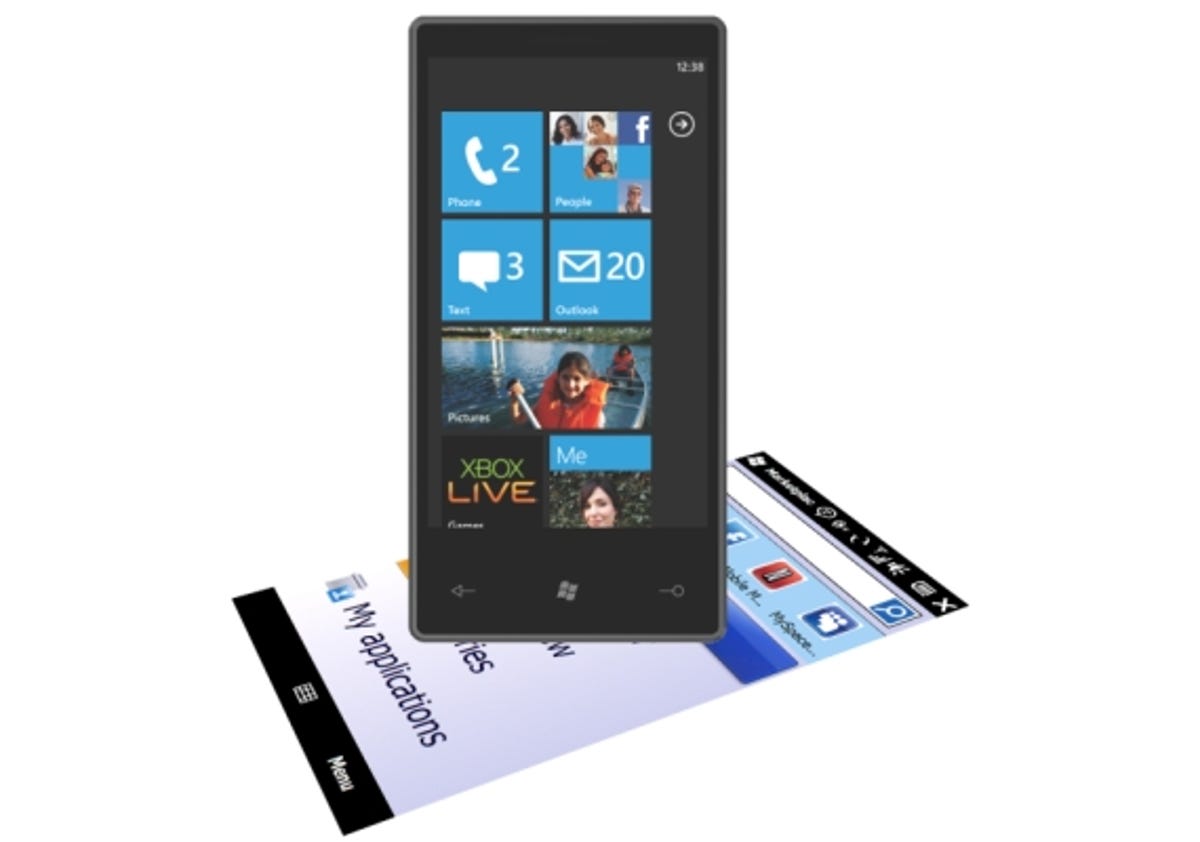
Are you one of the very, very few people who’ve spent buckets of money in the Windows Marketplace app store? If so, take a deep breath and try to remain calm — Microsoft has announced that apps for Windows Mobile won’t run on its upcoming Windows Phone 7 Series operating system. That means you won’t be able to bring your apps over to a phone running Microsoft’s latest mobile OS.
Microsoft’s Charlie Kindel confirmed the situation in a blog post and in a chat with our American colleague Ina Fried over at CNET News.
“Developers will be able to move some of that code forward, [and] definitely the skill set that they have if they’ve invested in .NET,” Kindel told CNET News. “But the user experience of the phone is very different, and those applications won’t fit into that new user experience, so developers will have to re-engineer their apps for Windows Phone 7 Series.”
Microsoft says that it will still support the current version of its phone operating system, Windows Mobile 6.5, which it’s rebranding as Windows Phone Starter Edition. For ‘Starter’, read ‘crap’.
We don’t foresee many manufacturers taking advantage of the option to build new phones with the older, dated-looking OS, especially with alternatives like Android currently heading our way on a wave of phones this year. Few of the cool crowd will bother with a smart phone that’s behind the curve, although IT departments in businesses that have spent buckets of money and time integrating Windows Mobile into their systems will be screaming bloody murder.
We already predicted that Microsoft would be turning its back on business users in a bid to secure more consumer lucre, as smart phones with broad appeal become the only way to make money from mobiles in the developed world.
Check out the video below of Kindel’s chat with CNET News, which includes discussion of the XNA and Silverlight tools that developers can use to develop for Windows Phone 7 Series, and shows some of the operating system’s user interface. You can also take a look at our hands-on video with WinPhev, as we’ve come to know it, by clicking here.



